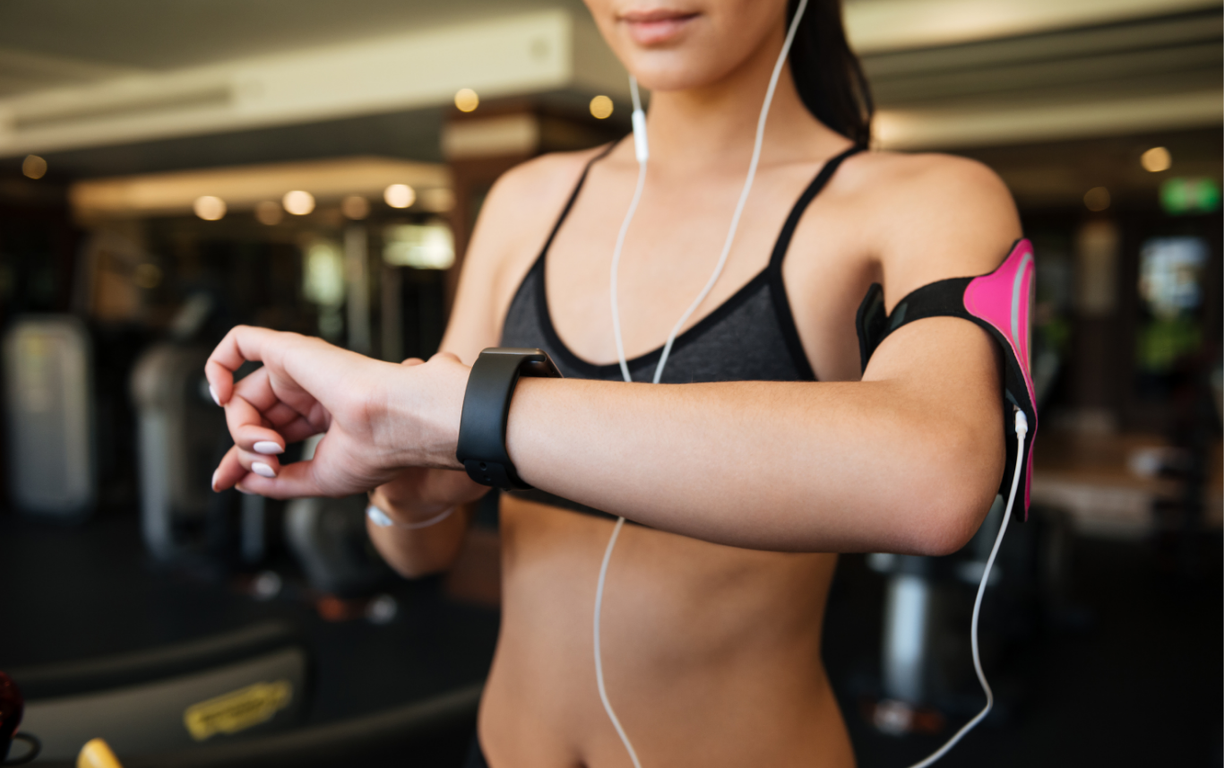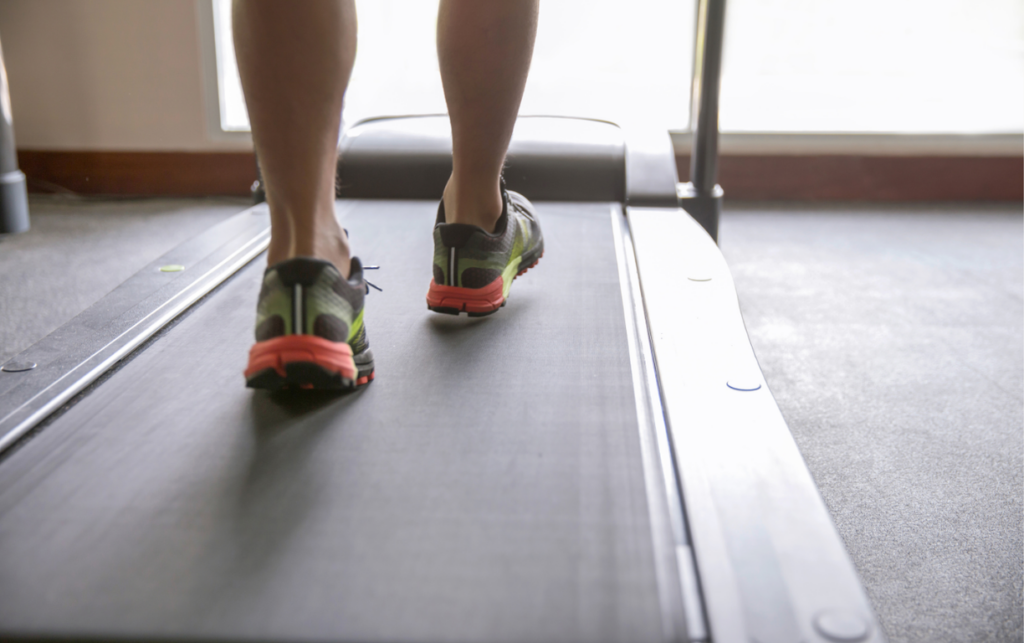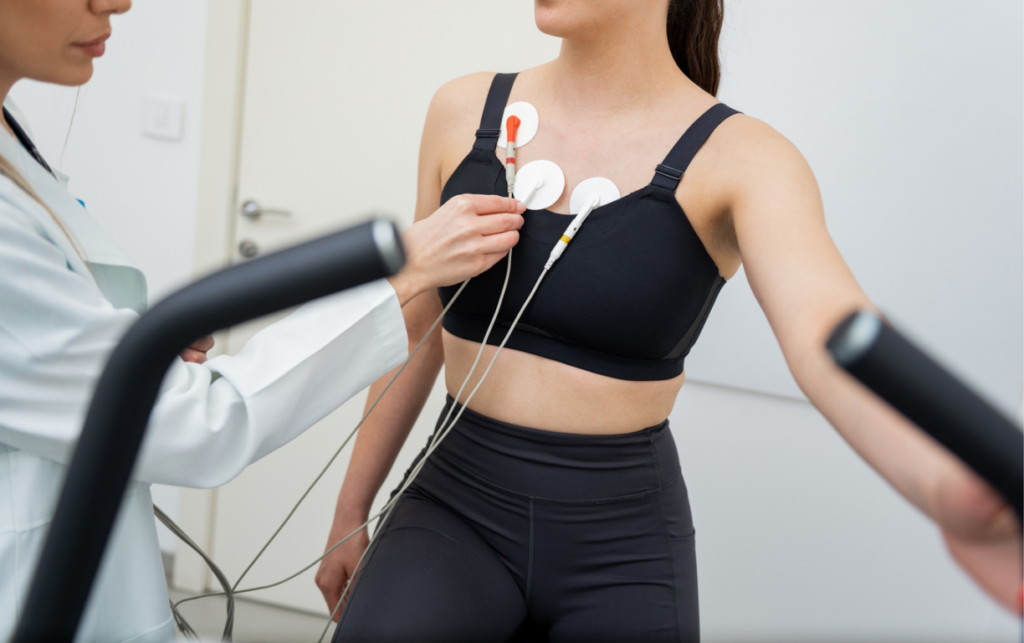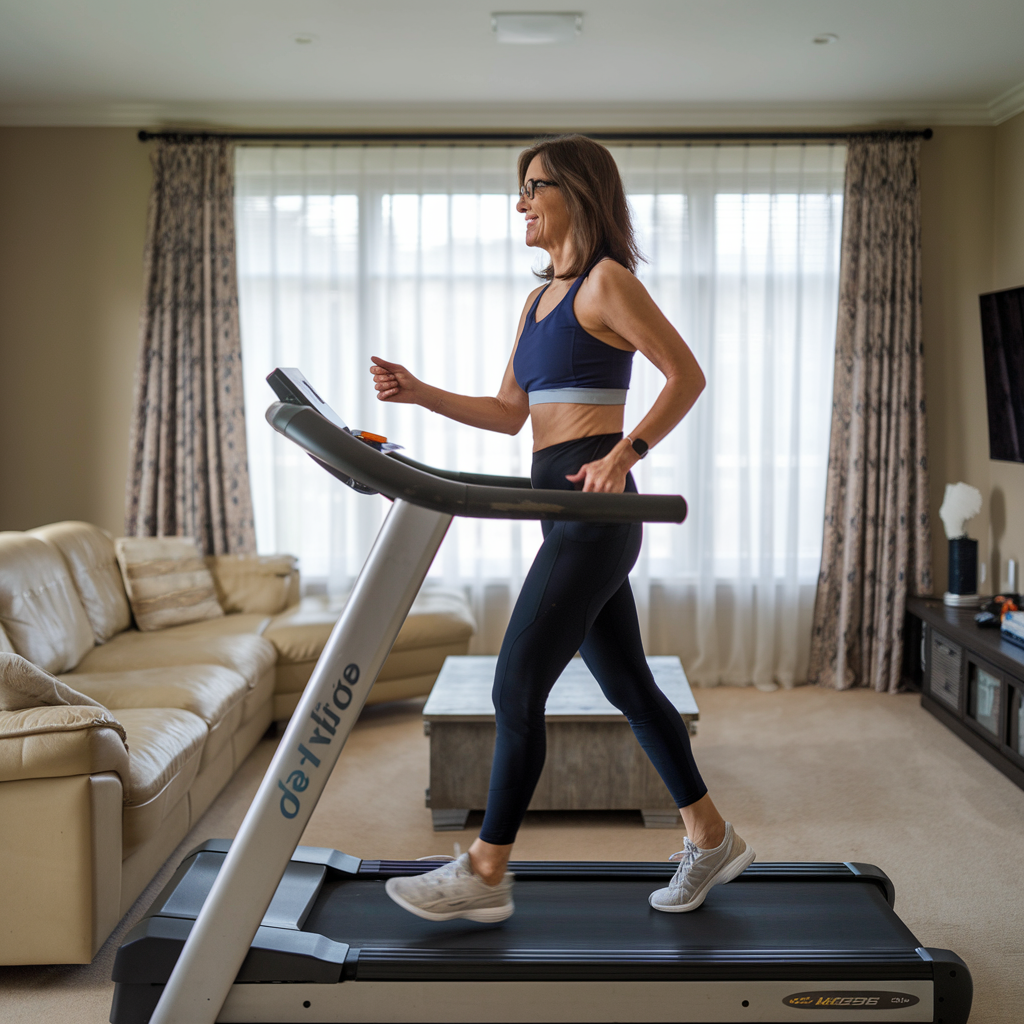Physical Address
304 North Cardinal St.
Dorchester Center, MA 02124
Physical Address
304 North Cardinal St.
Dorchester Center, MA 02124

Walking pads have become a popular choice for staying active while working from home or enjoying leisure time indoors. With their compact design and convenience, they allow you to incorporate walking into your daily routine without needing a gym or outdoor space. But how fast should you walk on your walking pad to maximize benefits and ensure safety?
Finding the right pace can be key to making the
Walking pads have become a popular choice for staying active while working from home or enjoying leisure time indoors. With their compact design and convenience, they allow you to incorporate walking into your daily routine without needing a gym or outdoor space. But how fast should you walk on your walking pad to maximize benefits and ensure safety?
Finding the right pace can be key to making the most of your walking pad experience. Whether you’re aiming for weight loss, improved cardiovascular health, or simply a break from sitting, understanding the ideal speed can help you achieve your goals. Let’s dive into the optimal walking speeds and tips to keep you moving effectively and safely.

Determining the ideal walking speed on your walking pad can significantly impact your fitness goals and overall experience. Here are the key considerations to help you find your optimal pace.
| Factor | Impact |
|---|---|
| Fitness Level | Your current fitness can dictate how fast you can safely walk. |
| Walking Goals | Weight loss, improved cardio, or general fitness may require different speeds. |
| Time Spent Walking | Longer sessions may benefit from a moderate pace to prevent fatigue. |
| Surface and Incline | Adjust speed depending on the walking pad’s features, such as incline settings. |
By experimenting with various speeds and considering your personal fitness level and goals, you can effectively utilize your walking pad for health and fitness benefits.

Walking pad workouts offer numerous benefits that enhance your overall well-being. They provide a convenient way to integrate physical activity into your daily routine while promoting various health improvements.
Regular walking pad workouts elevate your heart rate and improve cardiovascular efficiency. As you walk consistently, your heart strengthens and your circulation increases, reducing the risk of heart disease. Aim for brisk walking to boost your heart rate into the target zone for optimal heart health benefits. Over time, you may notice improved endurance and stamina, making everyday activities easier.
Walking on a walking pad can significantly contribute to weight management. By maintaining a steady pace and duration, you burn calories and support your weight loss efforts. Combine your walking routine with healthy eating habits for the best results. Using a heart rate monitor during workouts can help you stay in the ideal calorie-burning zone, maximizing your weight management goals.
One of the main advantages of a walking pad is its convenience and flexibility. You can walk while working, watching TV, or even during a phone call, making it easier to stay active even on busy days. The compact design allows you to use it in small spaces, providing a significant advantage over traditional gym workouts. By integrating walking into your routine, you create a sustainable habit that promotes a healthier lifestyle.
Finding your optimal walking speed on a walking pad depends on several key factors. Understanding these influences can help you set and achieve your fitness goals more effectively.
Your current fitness level plays a significant role in determining how fast you should walk on your walking pad. Beginners may feel more comfortable starting at speeds between 2 to 2.5 miles per hour. As you build endurance and strength, you can gradually increase your pace to 3 to 3.5 miles per hour for intermediate levels, and eventually aim for 4 to 4.5 miles per hour as an advanced user. Always listen to your body; if you feel fatigued or experience discomfort, pause and reassess your speed.
Your weight and body composition can also influence your walking speed. Heavier individuals may find that walking at higher speeds is more challenging early on, and it may be beneficial to start at a slower pace before gradually increasing. Higher body composition percentage may require gentle increments to avoid strain. Tracking your progress will help you adjust your walking speed in accordance with changes in weight and stamina.
The speed at which you walk should align with your specific fitness goals. If your aim is weight loss, incorporating intervals of higher speeds can boost calorie burn. For cardiovascular improvements, a consistent pace of 3 to 4 miles per hour might be ideal. Prioritize your objectives and adjust your walking speed accordingly to enhance your results, whether you are aiming for endurance, weight management, or overall fitness increase.
Finding the right walking speed on your walking pad can enhance your fitness experience while ensuring safety and effectiveness. Here are the recommended speeds for different walking paces.
For a leisurely pace, aim for about 2 to 2.5 miles per hour. This speed is perfect for beginners or those looking to enjoy a relaxed stroll while catching up on your favorite show or reading a book. At this pace, focus on maintaining a comfortable position and enjoying your environment. Your heart rate will increase slightly, making this ideal for warm-ups or cool-downs.
As you gain confidence and endurance, increase your speed to a moderate pace of 3 to 3.5 miles per hour. This tempo provides a good balance of intensity and comfort, allowing you to benefit from improved cardiovascular health while still being able to engage in conversation or listen to music. Aim to maintain a straight posture and ensure your movements are fluid as you walk.
For a more intense workout, aim for a brisk pace of 4 to 4.5 miles per hour. This speed works well for individuals looking to burn calories or enhance their cardiovascular fitness. At this pace, you should feel your heart rate elevate significantly. Ensure that your posture remains proper, and consider alternating between brisk intervals and slower periods for optimal fitness benefits. This approach enhances endurance and keeps your walking routine dynamic and enjoyable.
Monitoring your progress is essential for achieving your walking goals. By tracking your efforts, you can make necessary adjustments and maintain motivation.
Using a fitness tracker can significantly enhance your walking pad experience. These devices measure your distance, speed, calories burned, and heart rate, providing real-time data to help you stay on track. Select a tracker that is user-friendly and compatible with your walking pad. Sync your fitness tracker to a mobile app for additional features like goal setting and progress reports. Regularly check your stats to assess improvements and stay committed to your fitness journey.
Listening to your body is crucial for a safe and effective walking routine. Pay attention to how you feel during each session. If you experience fatigue, discomfort, or pain, adjust your pace accordingly. Gradually increase your intensity as your fitness level improves. Incorporate rest days into your routine to allow for recovery and prevent injuries. Always prioritize how your body responds to different speeds and adjust your walking plan based on your personal fitness goals and comfort level.

Walking on a walking pad can be a rewarding experience when done correctly. Follow these essential tips to maximize your walking sessions.
Maintaining proper posture is crucial for a safe and effective walking workout. Stand tall with your shoulders relaxed and down, keeping your back straight. Look forward instead of down at your feet to avoid potential strain on your neck. Engage your core muscles to stabilize your body, and keep your arms at your sides or gently swinging to maintain balance. This alignment will enhance your gait and prevent injuries.
Hydration plays a vital role in ensuring you perform at your best while walking on a walking pad. Always drink water before your session to prevent dehydration. Keep a water bottle nearby so you can sip throughout your workout, especially during longer sessions. Staying hydrated helps regulate your body temperature, improves your endurance, and prevents fatigue, making your walking experience more enjoyable.
Incorporating intervals into your walking routine can elevate your workout and enhance fitness benefits. Alternate between periods of higher intensity walking and gentle recovery phases. For example, walk briskly for one minute followed by two minutes at a leisurely pace. This approach not only helps burn more calories but also improves cardiovascular fitness. As you grow more comfortable with the routine, adjust the timing of your intervals to challenge yourself further.
Finding the right walking speed on your walking pad is essential for achieving your fitness goals. Whether you’re a beginner or more advanced, adjusting your pace can enhance your workout experience and results. Remember to listen to your body and make adjustments as needed.
Incorporating intervals can add variety and keep your routine engaging. With consistent use and attention to your posture and hydration, you’ll not only improve your cardiovascular health but also create a sustainable habit that fits seamlessly into your lifestyle. Embrace the flexibility of walking pads and enjoy the journey toward a healthier you.